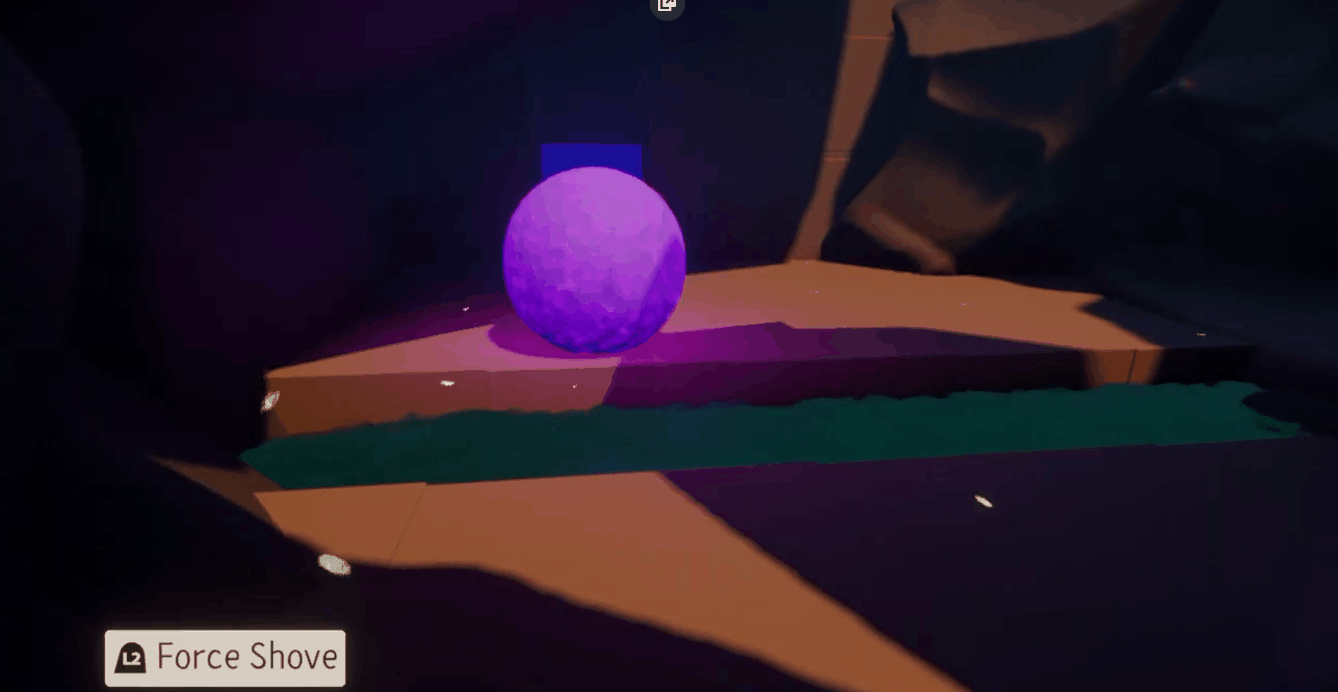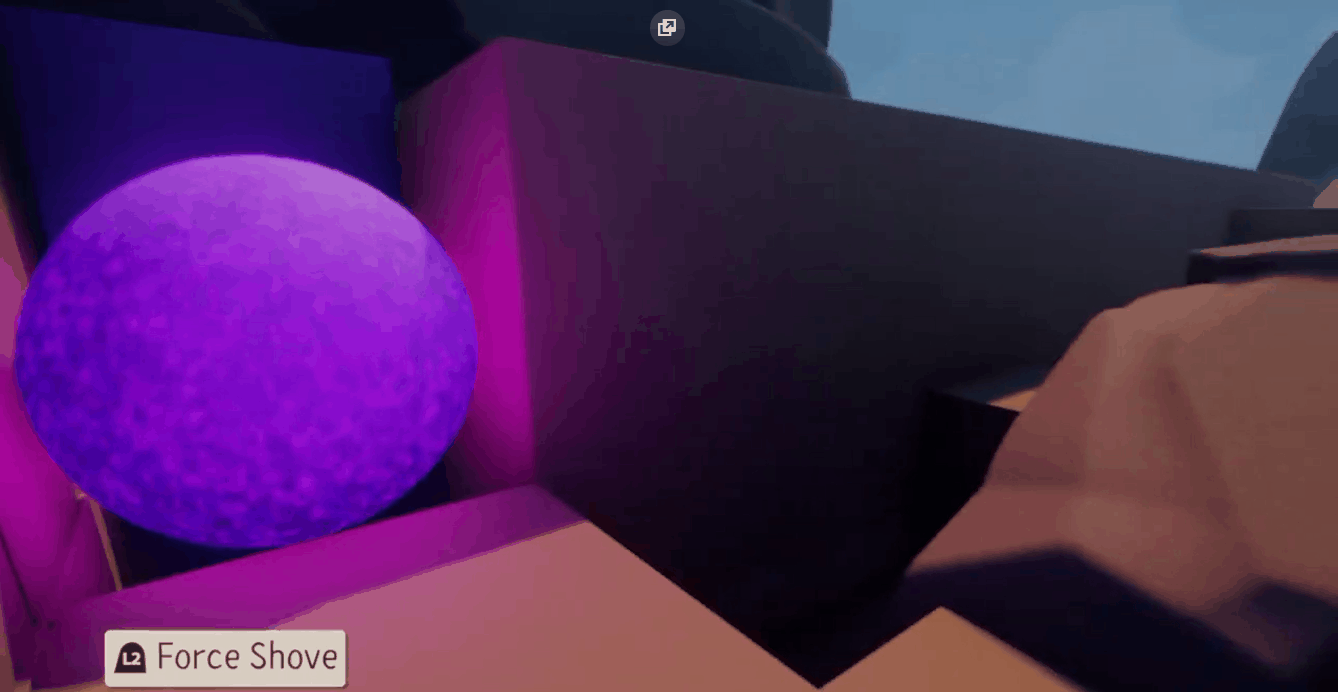Project Violet
Project Violet is a first-person exploration game where you play as a force-wielding humanoid as you try to escape from what seem to be endless alternate dimensions.
Genre: Exploration, Puzzle
Engine: Dreams
Platform: Playstation
Link: https://indreams.me/dream/mxQptUPuGAS
Gameplay Video: https://youtu.be/4eLfXsxv2Pc
Role(s) and responsibilities:
Game Design
-
Designed the game's mechanics and systems (movement, progression, animation, logic)
-
Sound Design
Level Design
-
Designed the gameplay space and level;
-
Designed the Puzzles
-
Documentation
Playtesting
Game Design:
“Project Violet” is a first-person exploration game with puzzle sequences.
It features stylized realistic environments in a moderately sci-fi exploration context.
The game’s narrative starts off with the level in question, where the protagonist finds itself stuck on a deserted island, and cannot remember how they got there in the first place.
As the story progresses, the protagonist keeps finding themselves in situations to escape from, as they start to question why this keep happening and if they are in control.
The levels provided are overall linear with some branching aspects. The puzzles must be completed in order to unlock access to the other areas and puzzles.
The Main mechanic of the Game is a "Force Wielding" ability. The player character will hold out their arm and use a force push that has a 6m range.
With it the player is able to interact with the Violet colored Energy orbs to complete puzzles and unlock new areas of the map.
Teaching the Player:
After testing the game with some players, there seemed to be a recurring observation - the players did not understand that they could use the "Force Push" mechanic from a distance.
With that in mind, an initial cave level was added. In this cave the player was forced to be at a distance from the energy orb, but with no further options, they were forced to try and push it from that distance, learning to do it successfully.
Event Flowchart:
Since the progression is quite linear, the game starts
in the cave, where the player first interacts with the Force
Push mechanic.
Once they make their way outside they are able to explore
until they find the entrance to the next puzzle area (left).
Completing it unlocks the first of two monumental
energy orbs (visible on the central gate), and also opens
up the access to the second puzzle area to the right.
Once that's complete, the player can return to the
central gate, and go through it, and there they will find
the last puzzle room.
Finally they are able to pass, and get to the higher
platform where they must interact with the Sphere there,
lowering the floating island and getting to the end.
Level Design:
For the map design, the concept
stays mostly symmetrical witht the exception
of the Second Puzzle Room.
The environment is the most natural the
closest it is to the initial area. As it gets to
the puzzle rooms it starts looking more
"man-made".
The last floating isle is visible from all walkable
points of the island (using it as a Macro Landmark).
The map also functions with a Gate and Key
system.
The energy orbs act as keys if pushed into the
Violet colored boxes, opening up their respective
gates and sometimes secondary paths that allow the
player to quickly walk back to the central area.
Pacing:
To control the pacing, the level is composed of
multiple beats. They have been categorized into:
Exploration beats, Puzzle beats and Animations.
Exploration beats are for when the player is
introduced to a new area of the map, and is able to
explore it. Puzzle beats are attributed for puzzle
solving, and finally the animations act as reactions
to player actions, giving them a small transition into
the action.
These beats are also ranked in intensity and will
gradually increase as the game progresses.
Gating:





Signposting
Mainly five types of Signposting were used:
Symbols - The use of the "hand symbol" was used to hint
at an interaction through the Force-Push Ability;
(present on the last staircase after completing Puzzle 3)
Sound - Sound is used when each puzzle is complete, to
tell the player they have been successful;
Motion - Also accompanied by sound, from where the
player is located as they complete the puzzle, it's possible
to see the motion of the gates opening, to further hint at
a possible exit route;
Shape - The spherical shape is always utilized in association
with puzzles (either as the direct element to be interacted with,
or to show the progress unlocked (as the two spheres on the
central gate that glow upon puzzle completion));
Color - The Violet Color is further associated with puzzles, to
show that something is meant to be completed or interacted with.
(All previous Gates, Goal boxes, Energy Orbs, moving platforms).















